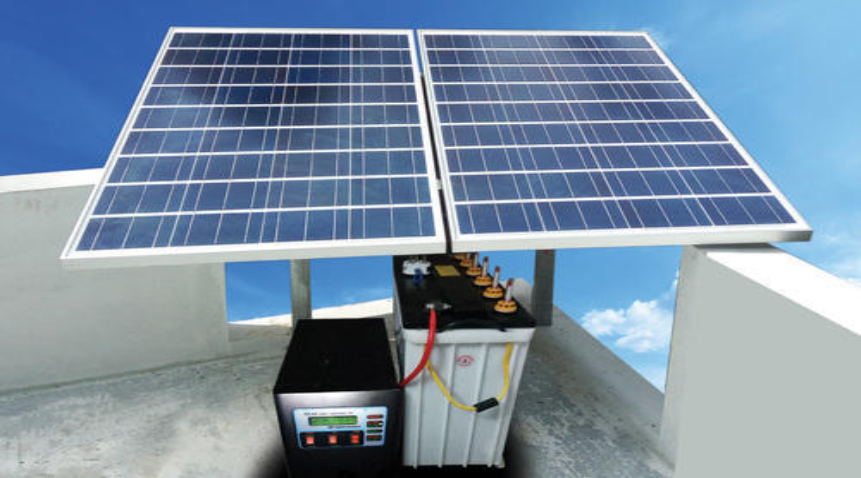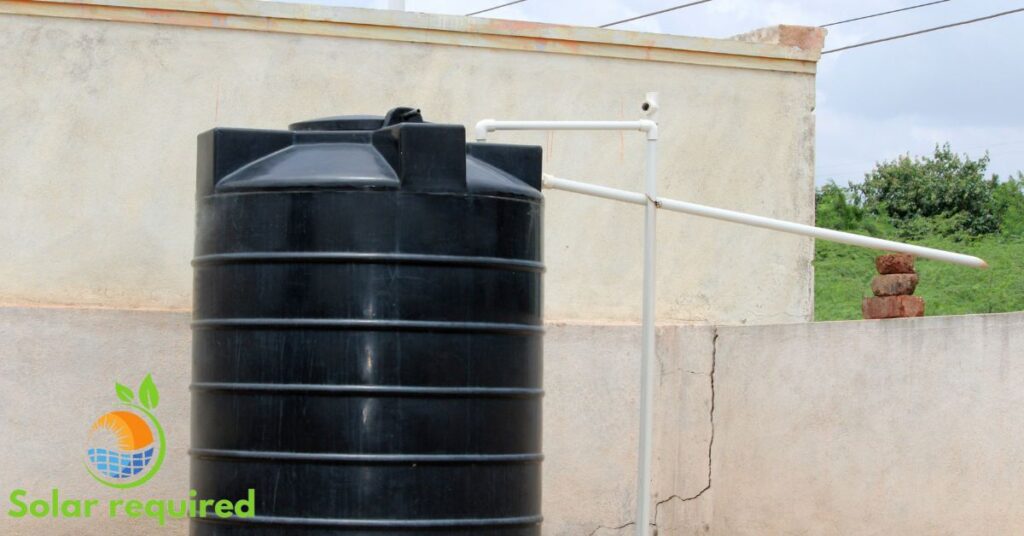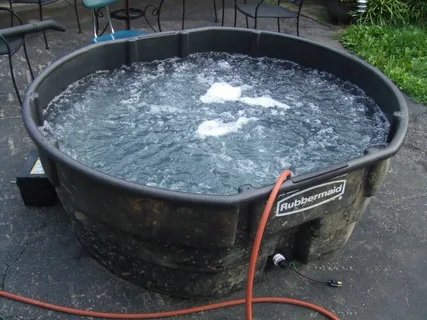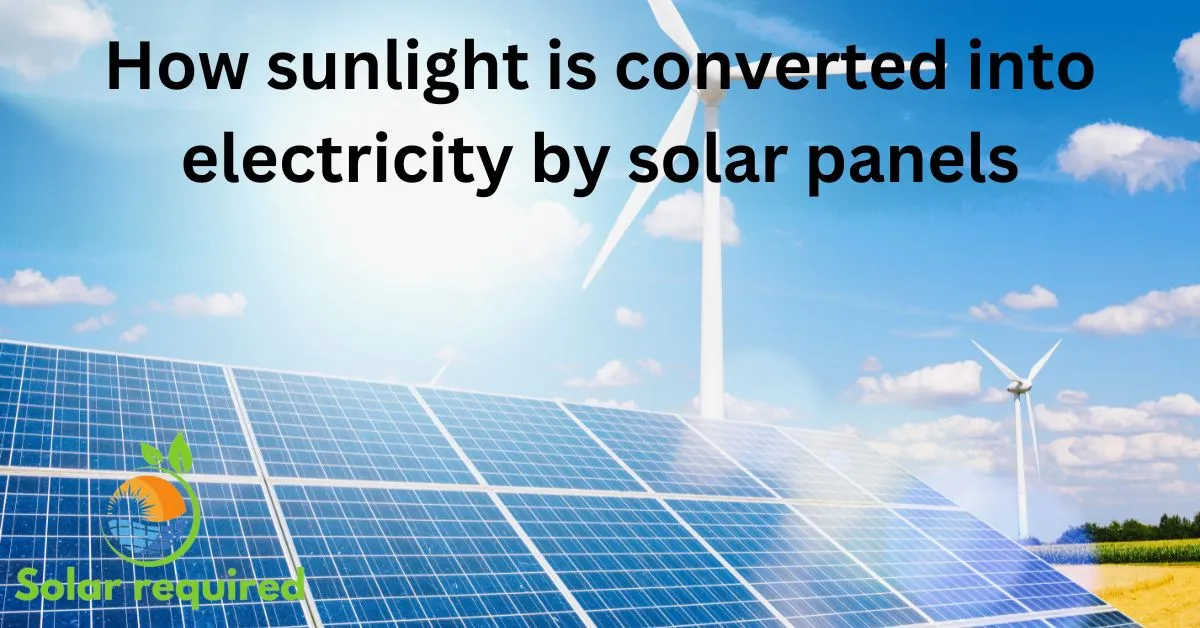Introduction to off-grid heating for stock tanks
As a farmer or rancher, you understand the importance of providing your livestock with clean and warm water, especially during the colder months. However, relying on electricity to heat your stock tank may not always be a viable option, especially if you’re living off-grid or looking to reduce your carbon footprint. In this article, I will explore sustainable methods to heat your stock tank without electricity, allowing you to provide warmth to your animals while embracing a more environmentally friendly approach.
Benefits of off-grid heating methods

Using off-grid heating methods for your stock tank offers several benefits that go beyond reducing your reliance on electricity.
Firstly, it gives you greater independence, allowing you to operate your farm or ranch even in remote locations where access to electricity may be limited or unreliable.
Additionally, off-grid heating methods can significantly lower your energy costs, saving you money in the long run. By utilizing sustainable alternatives, you not only reduce your environmental impact but also contribute to a greener and more sustainable future.
Solar-powered heating options

One of the most popular and efficient off-grid heating methods for stock tanks is solar power. Solar panels harness the energy from the sun and convert it into usable electricity to heat your stock tank. To utilize solar power for heating, you’ll need to install solar panels in an area that receives ample sunlight throughout the day.
These panels will collect and store energy in batteries, which can then be used to power a heating element in your stock tank. Solar-powered heating systems are low maintenance, reliable, and can provide consistent warmth to your livestock without relying on traditional electricity sources.
Another solar-powered heating option is a solar water heater. This system uses the sun’s energy to directly heat the water in your stock tank. It consists of a solar collector, which absorbs the heat from the sun, and a circulation pump that transfers the heated water to your stock tank. Solar water heaters are an eco-friendly and cost-effective solution, as they utilize renewable energy and can help reduce your reliance on other heating methods.
Using geothermal energy for stock tank heating
Harnessing the Earth’s natural heat through geothermal energy is another sustainable method to heat your stock tank off-grid. Geothermal heating systems utilize the constant temperature of the ground to provide warmth. A geothermal system consists of a heat pump that extracts heat from the ground and transfers it to the water in your stock tank. This method is highly efficient and can provide consistent heating even in colder climates.
To install a geothermal heating system, you’ll need to dig a series of trenches or boreholes in the ground to access the geothermal energy. These trenches or boreholes are then filled with pipes containing a heat transfer fluid. The fluid absorbs the heat from the ground and carries it to the heat pump, which transfers the warmth to the water in your stock tank. Geothermal heating systems are sustainable, reliable, and have a long lifespan, making them a viable option for off-grid stock tank heating.
Biomass heating solutions for off-grid setups
Biomass heating offers an excellent off-grid alternative to traditional heating methods. This method utilizes organic materials such as wood, crop residues, or animal waste to generate heat. Biomass boilers or stoves burn these materials, releasing heat that can be used to warm the water in your stock tank. Not only does biomass heating provide warmth, but it also helps recycle organic waste, making it an environmentally friendly option.
Related post: Nuclear Power vs Solar Power
When using biomass heating for stock tank heating, it’s crucial to ensure a proper fuel supply. You’ll need a reliable source of biomass materials and a storage area to keep them dry and readily available. Biomass heating systems require regular maintenance, including cleaning the combustion chamber and removing ash. However, with proper care, they can provide a sustainable and cost-effective solution for off-grid stock tank heating.
Insulation techniques to retain heat in stock tanks
Regardless of the heating method you choose, proper insulation is essential to maximize heat retention in your stock tank. Insulating your stock tank helps prevent heat loss, reducing the energy required to maintain warm water. There are several insulation techniques you can employ, depending on the materials available and your budget.

One common insulation method is using foam insulation boards. These boards can be cut to size and placed around the sides and bottom of your stock tank to create a barrier between the water and the surrounding environment. Additionally, you can consider using insulation blankets or jackets specifically designed for stock tanks. These blankets wrap around the tank, providing an extra layer of insulation to retain heat.
Another effective insulation technique is burying your stock tank partially or completely underground. The natural insulation properties of the soil help regulate the temperature of the water, keeping it warm for longer periods. However, when using this method, it’s essential to consider factors such as drainage and accessibility for maintenance.
DIY off-grid heating options for stock tanks

If you’re a handy individual or looking to save on installation costs, there are several DIY off-grid heating options you can explore for your stock tank. One popular method is building a passive solar heater. This involves constructing a solar collector using inexpensive materials such as black-painted cans or pipes. The collector absorbs the sun’s energy and transfers it to the water in your stock tank through a series of pipes or hoses. While this method may require more monitoring and maintenance, it can be a rewarding and cost-effective way to heat your stock tank off-grid.
Another DIY option is building a rocket stove. Rocket stoves utilize efficient combustion to generate heat while minimizing fuel consumption. By constructing a rocket stove and connecting it to a water circulation system, you can heat the water in your stock tank using wood or other biomass fuels. Rocket stoves are relatively simple to build and can provide an effective off-grid heating solution for your stock tank.
Cost analysis and savings of off-grid heating methods
When considering off-grid heating methods for your stock tank, it’s essential to analyze the costs and potential savings. While the upfront investment for sustainable heating systems may be higher than traditional methods, the long-term savings can be significant.
By reducing or eliminating your reliance on electricity, you can save on monthly energy bills and potentially qualify for government incentives or tax credits for utilizing renewable energy sources. Additionally, off-grid heating methods tend to have lower maintenance costs and longer lifespans, further contributing to your overall savings.
Maintenance and safety considerations for off-grid heating systems
Maintaining off-grid heating systems for your stock tank is crucial to ensure optimal performance and safety. Regular maintenance tasks may include checking and cleaning solar panels, inspecting and repairing insulation, and servicing the heating equipment. It’s important to follow manufacturers’ guidelines and seek professional assistance when needed.
Safety should be a top priority when using any off-grid heating method. Ensure proper installation of heating systems, follow safety instructions, and regularly inspect for potential hazards. If you’re unsure about any aspect of your off-grid heating system, consult with a qualified professional to ensure the safety of your livestock and property.
Conclusion: Choosing the right off-grid heating method for your stock tank
When it comes to heating your stock tank off-grid, there are several sustainable methods to consider. From solar-powered options to geothermal and biomass heating systems, each method has its advantages and considerations. Evaluate your specific needs, budget, and available resources to determine the most suitable option for your farm or ranch.
Remember to prioritize maintenance and safety to ensure the longevity and efficiency of your off-grid heating system. By embracing sustainable heating methods, you can provide warmth to your animals while minimizing your environmental impact and enjoying long-term cost savings.


